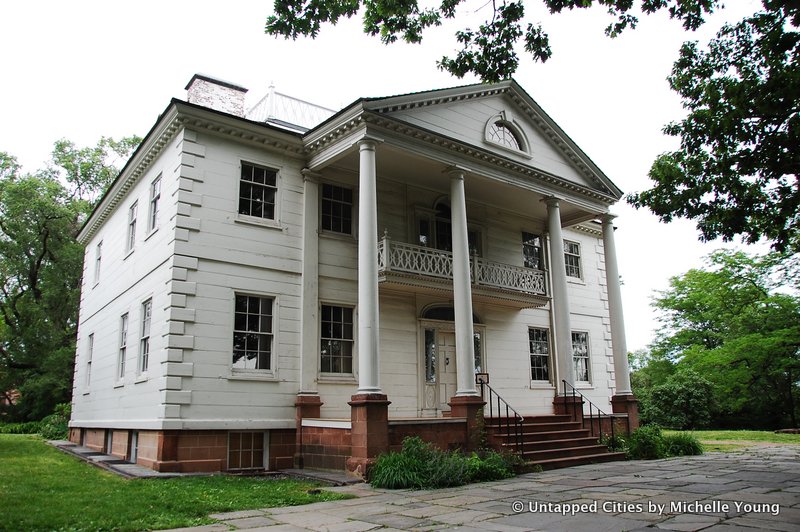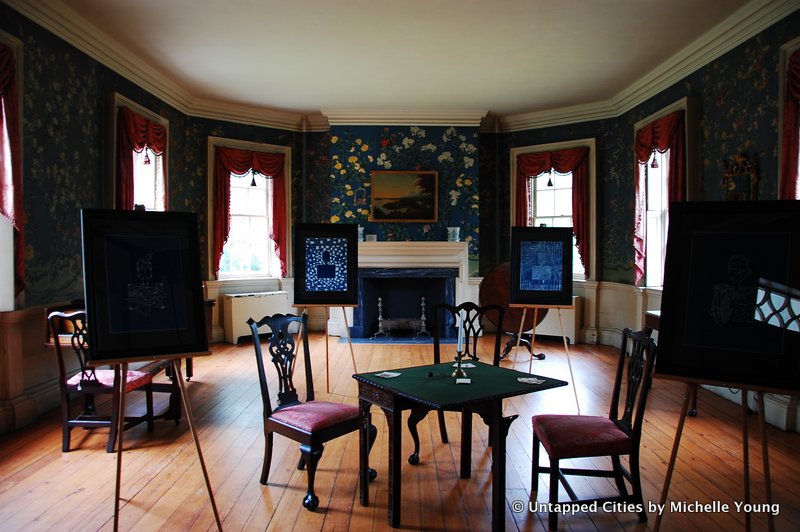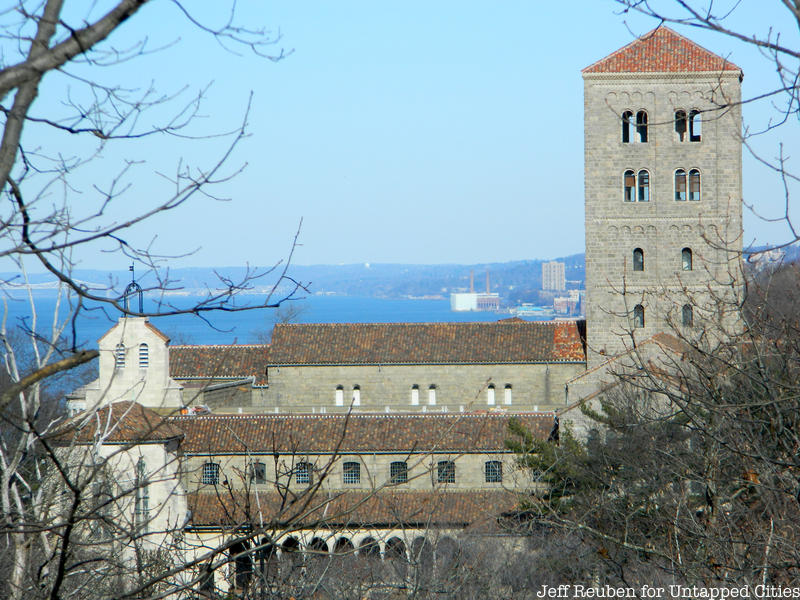Museums
Morris-Jumel Mansion

The Morris Jumel Mansion, the oldest house in Manhattan, was built in 1765 as a summer retreat for Colonel Roger Morris and his wife, Mary Phillipse. The colonel, who fought with George Washington during the French and Indian Wars, fled New York when the American Revolution was imminent because as a Tory he favored the British cause. After the 1776 British invasion of New York City, the house became General Washington’s headquarters for about five weeks. From the home’s high perch on a hilltop, with clear views in all directions, Washington could direct the Battle of Harlem Heights, an early American victory, albeit temporary. After the American defeat at nearby Fort Washington, the mansion was home to British officers and their Hessian allies.

In 1810, French merchant Stephen Jumel purchased the mansion and with his American-born wife, Eliza (earlier his mistress), decorated the house to suit their style. While he traveled extensively for business, she remained at home securing and growing the family fortune and amassing what was for its day a prominent art collection. Eliza, clearly a self-made woman, became one of New York’s wealthier citizens, but her past, including a mother who had prostituted herself to survive, always seemed to cast a shadow on Eliza’s status as a prominent citizen.
After Stephen died in 1832, Eliza wed former Vice President Aaron Burr in the front parlor. It was a short-lived marriage of convenience: money was likely Burr’s motivation, and Eliza wanted the cachet of being the wife of the (former) vice president. Eliza lived in the house until her death in 1865. There ensued a bitter and long fight between potential heirs of the Jumel fortune. The property, once river to river, was divided into saleable lots and household treasures were sold off. Miraculously the house survived and was ultimately bought by the city in 1904 to become a museum.
Mansion visitors can tour on their own or with a docent to learn about daily life here as well as fascinating stories of its many residents — with at least one good ghost story. Alexander Hamilton visited the mansion in the early days of independence (as did Thomas Jefferson and John Adams). Ironically, one of Hamilton’s sons, also an attorney, served Aaron Burr with divorce papers here.
Please consult the Morris-Jumel Mansion’s website for hours, travel directions, and tour information.
The Cloisters

The Metropolitan Museum of Art’s northern branch, the Cloisters, specializes in the art and architecture of the Middle Ages. The museum is another gift of John D. Rockefeller Jr., an exceptional philanthropist but not especially a fan of religious medieval art. Knowing that the art was important, Junior realized it needed to be preserved and made available to the public. He understood that a perfect setting would be within another of his gifts to the city — Fort Tryon Park.
Working with art advisors, Rockefeller purchased the Unicorn Tapestries and hundreds of other decorative objects and remnants of European abbeys and a cloister. Much of the purchased collection came from an American sculptor cum art dealer, George Grey Barnard, who amassed the bulk of what would become the Met Cloisters. Barnard displayed his finds in his own Cloisters museum just a few blocks south of the park.
Using arches, remnants of columns, and fragments of ruins from five different buildings from different periods of time, Junior’s architect, Charles Collens, was able to construct the once-separate structures into a unified building. As you walk from section to section, often around a central garden with fountain, you’ll find the architecture and views are greatly to be admired. If you like religious art, such as intricately carved boxwood rosary beads (imagine a 3-D hillside crucifixion scene carved into a golf ball–sized bead), then you will be overjoyed. For others, the serenity and beauty of the architecture can be moving. The Cloisters is a wonderful place to remember people, like Junior, who devoted their lives to preserving our natural and cultural history, taking pleasure in giving away money rather than in amassing more.
Visitors should know that the Met requests a $25 donation to enter, but the official policy is to pay what you wish. If you combine a visit to the Met on Fifth Avenue or the Met Breuer with the Cloisters, admission is free for the day (hold on to your receipt and tag).





